- Home
- TV History
- Network Studios History
- Cameras
- Archives
- Viewseum
- About / Comments
Skip to content
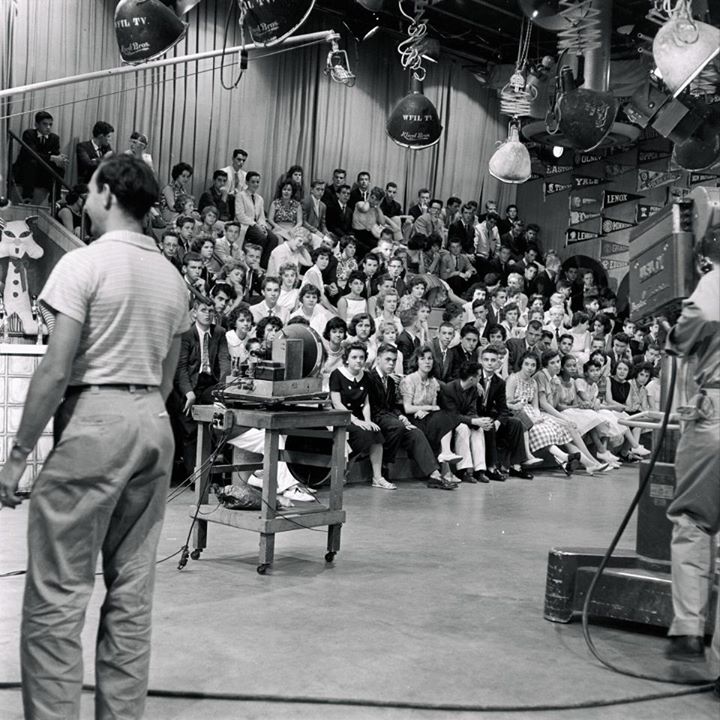

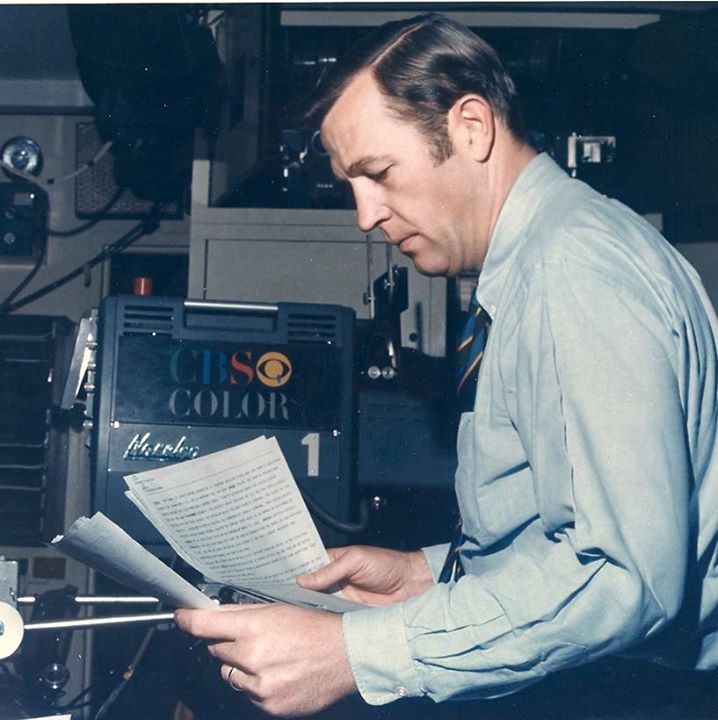

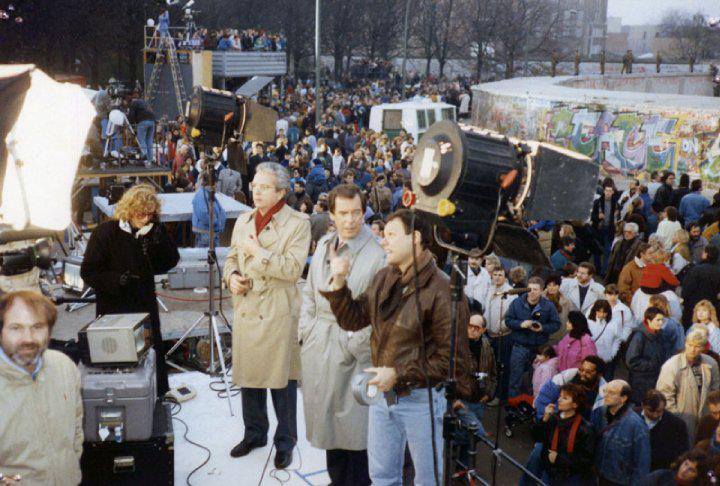

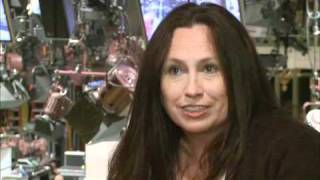

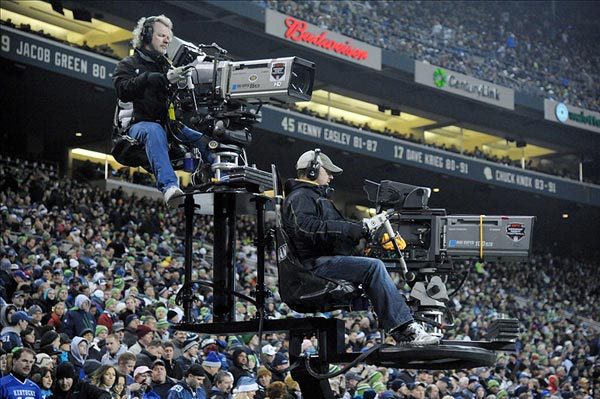

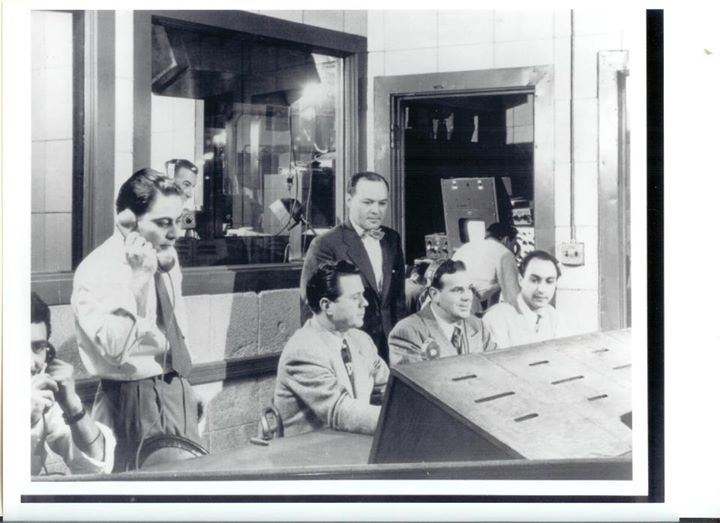

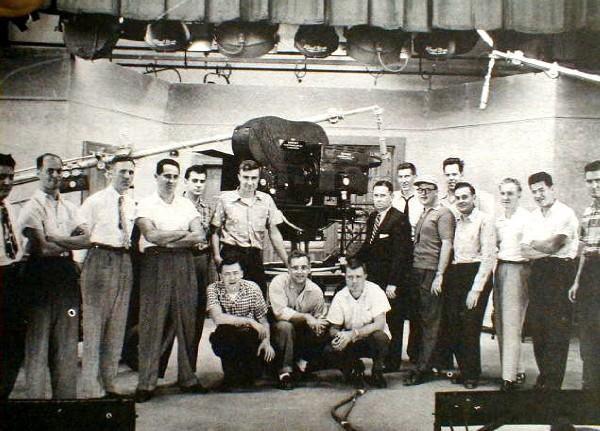

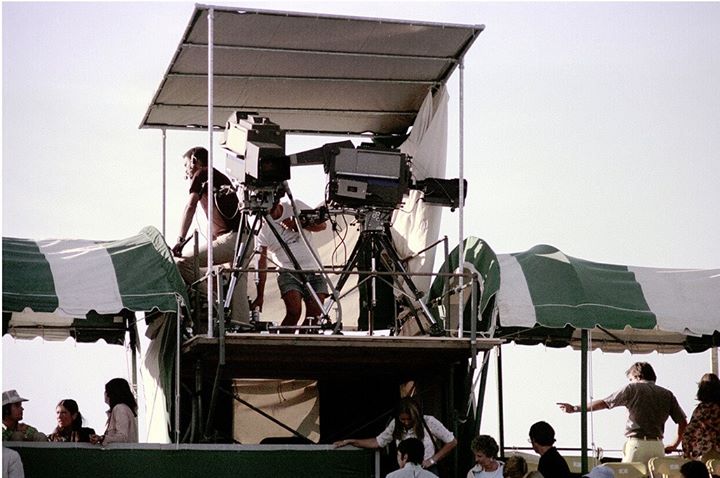

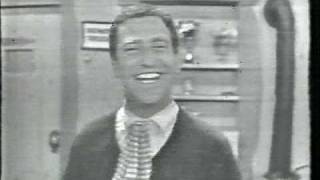

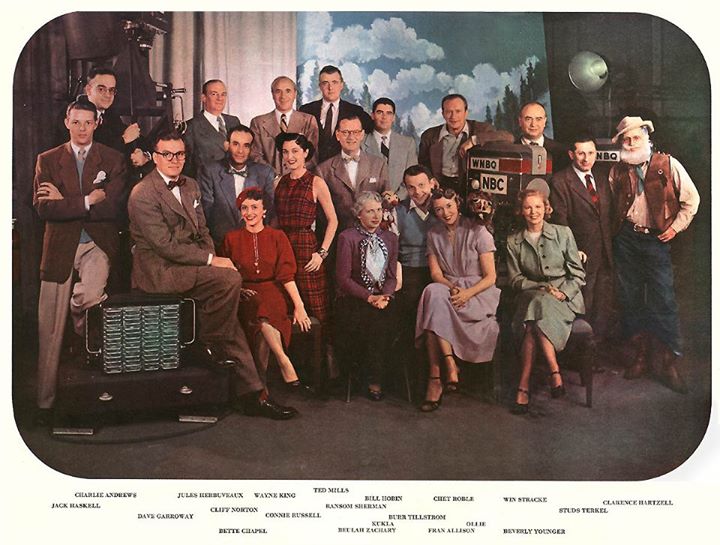

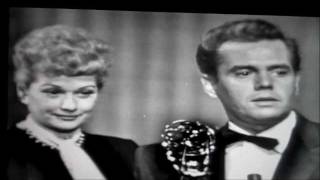



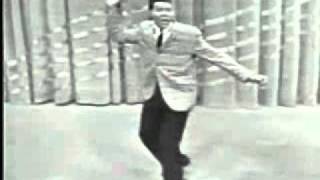

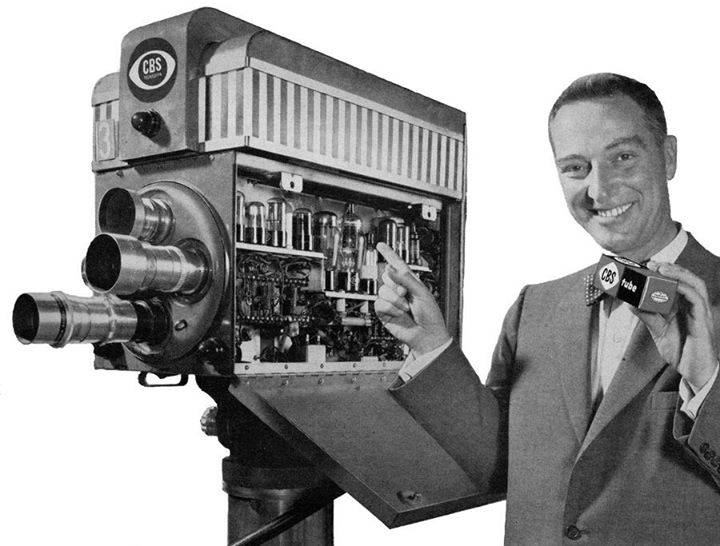

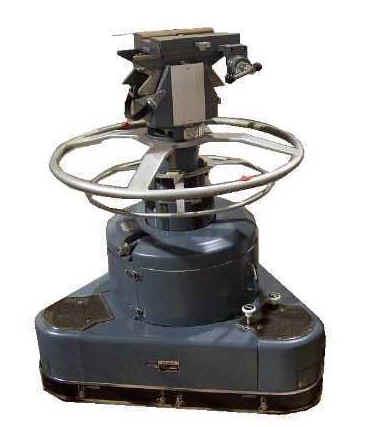

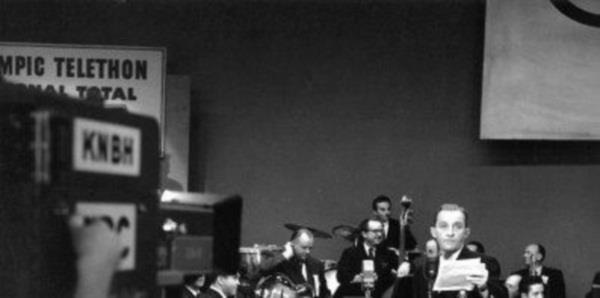

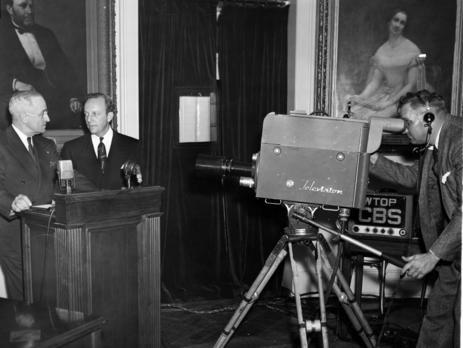







Posts in Category: TV History
Page 134 of 136
« Previous
1
2
3
4
5
6
7
8
9
10
11
12
13
14
15
16
17
18
19
20
21
22
23
24
25
26
27
28
29
30
31
32
33
34
35
36
37
38
39
40
41
42
43
44
45
46
47
48
49
50
51
52
53
54
55
56
57
58
59
60
61
62
63
64
65
66
67
68
69
70
71
72
73
74
75
76
77
78
79
80
81
82
83
84
85
86
87
88
89
90
91
92
93
94
95
96
97
98
99
100
101
102
103
104
105
106
107
108
109
110
111
112
113
114
115
116
117
118
119
120
121
122
123
124
125
126
127
128
129
130
131
132
133
134
135
136
Next » An Interesting Story about TK41s and American Bandstand
On July 14, 2012
- TV History
An Interesting Story about TK41s and American Bandstand
I’ve often wondered if TK41s were ever used to shoot American Bandstand and I have found out that the answer is yes, but only for a couple of weeks, and it wasn’t in LA…it was at WFIL in Philadelphia.
ABC was really the last of the big 3 to go full color, to their credit though, they did broadcast the ‘Jetsons’ in color as early as ’62, but only by taking the film to KNBC to feed them the color signal as they did not have a color telecine chain till a couple of years later.
But back to Philadelphia. In 1958, WFIL went color and got a few TK41s. They decided to use them on American Bandstand because they could at least feed the color signal live there in Philly even if ABC network didn’t ‘do’ color. Studio B was 80 x 42 x 24, but with the bleachers and set, there was a lot less space to dance. For years, the show was shot with 3 RCA TK10s, and later TK11s, and that worked out fine, but the TK41s, were so big and took so much room to swing around (remember the camera from pan handle to lens tip is 5 feet long), shooting with even 2 took up so much of the dance floor that they went to a single TK41.
It didn’t take long for everyone to figure out that the new 1 camera color show was nowhere near as good as the old 3 camera black and white one, so they went back to the TK10s. To make the decision easier, ABC refused to take the color signal about the same time the local producers began to miss their choice of shots.
Most Excellent!
On July 12, 2012
- TV History
Most Excellent!
Thanks to Thomas Buckley for this great photo. This is Roger Mudd filling in for Walter Cronkite on the CBS Evening News around 1966 or so. The Norelco PC60, camera 1 in the background is probably one Dave Dorsett used in his many years as ‘Walter’s cameraman’.
Peter Jennings: Berlin Wall
On July 9, 2012
- TV History
Peter Jennings: Berlin Wall
While the great Peter Jennings is on my mind, here is a photo of him preparing to go live in the fall of 89 at the fall of the Berlin Wall. Other ABC people in the photo are Jack Smith to the left of Jennings and Steve Tello on the right. Stu Schutman and Annie Benjamin are shown here too.


30 ROCK: JACKPOT! 3 Must See Videos….
On July 7, 2012
- TV History
30 ROCK: JACKPOT! 4 Must See Videos….
This first video is one of three I’m sharing here…it is a look behind the scenes of the 2010 ‘live’ show done from the REAL Studio 8H at NBC. It’s great! As you’ll see, the show is usually shot at Silvercup Studios in the Brooklyn area.
ABOVE is raw, behind the scenes footage from the rehearsals the 30 Rock live show in NBC Studio 8H in 2010. You’ll need to turn up the volume for this, but it’s good!
30 Rock Season 1, Jack (Kenneth the Page) McBrayer takes us on a tour of the sets at Silvercup Studios where the show is normally shot. Quite interesting.
30 Rock, Out takes and gag reel, Season 1. VERY FUNNY!
The Over – Under: The Latest From Chapman
On July 7, 2012
- TV History
The Over – Under:
This is the latest from Chapman for football coverage. Here ESPN cameras are mounted on an Olympian sideline crane on a modified T formation with one above the other. Both platform turrets have 360 movement that the operator ‘walks’ to the angle they want with their feet, similar to the European soccer sideline rigs and hockey ‘half shell’ set ups. COOL!
Dumont: WABD TV New York
On July 6, 2012
- TV History
Dumont: WABD TV New York
This is a companion to the Electrocam photo posted yesterday. This control room shot is not from Dumont’s 67th Street Telecenter, but the photo owner, Ward Bennett thinks this is either at the Adelphi Theater, where the ‘Honemooners’ was shot, or at the Wannamaker’s studio.
Shown here, Frank Carr on left standing up talking on telephone, Hal Bowden sitting right of Frank, Paul Mirasola seated far right, and Ken Gieman, the person who was the Electonicam operator, is in the Audio Room.
The station traces its history to 1938, when television set and equipment manufacturer Allen B. DuMont founded W2XVT (renamed as W2XWV in 1944), an experimental station. On May 2, 1944, the station received its commercial license — the third in New York City — on channel 4 as WABD, after DuMont’s initials. It was one of the few stations that continued broadcasting during World War II, making it the fourth-oldest continuously broadcasting commercial station in the United States. The station broadcast from the DuMont Building on Madison Avenue. On December 17, 1945 WABD moved to channel 5.
Channel 5 is now WNYW and is the flagship station of Fox Broadcasting. It’s sister station is WWOR (Secaucus NJ). I noticed that Mr Harold (Hal) Borth has visited this site and I would like to hear from you Harold. Please email me at edition4@comcast.net.
Mr. Borth spent 40 years with these stations as a Senior Engineer and has been on top of the Empire State Building and World Trade Center more times than you can count attending to the transmitters and towers. I hope to do a story on WABD and it’s progression to WNYW.
Real Camera Operator History! A TRUE RARITY!
On July 5, 2012
- TV History
Real Camera Operator History! A TRUE RARITY! (Revised Text)
Here is a picture of Ken Gieman, the first Dumont Electorcam operator. I think Ken is on the left of the camera with his hand on the steering ring.
This picture was taken at Dumont Broadcasting, Channel 5, Studio 5, 205 East 67th Street, NYC about 1956. I had originally thought the set behind them was the ‘Honeymooners’ set without the furniture, but after seeing the comments below, have double checked the photo. This set has double wide windows…Ralph and Alice’s apartment window was a single window.
This is a 35 mm version of the Electrocam and used Kodak Tri X film.
This picture was sent to me by Ward Bennett who was given the photo by Harold Borth who Ward worked with at MetroMedia, WNEW-TV then at FOX, WNYW-TV. Thank you Ward!


Marconi Mark VII Color
On July 1, 2012
- TV History
Marconi Mark VII Color
This is from a 1975 tennis match near Boston. It’s the only time I’ve ever seen a Mark VII with a lens other than it’s regular Angenieux lens compliment. These were great cameras and I’m glad to have one on display. Mine spent most of it’s days on Sesame Street.


Soupy Sales Famous ‘Stripper Surprise’ Backstory
On June 28, 2012
- TV History
Soupy Sales Famous ‘Stripper Surprise’ Backstory
Let me let you in on a little secret. Lunch with Soupy Sales, Detroit’s most popular TV kid’s show, wasn’t really a kid’s show at all. Oh sure, Soupy always reminded the kiddies to take their vitaminnies and eat Silvercup Bread, “the best bread in Dee-troit,” but the show always relied on more adult oriented humor. In a 1958 Detroit Times article Sales even admitted, “There’s really no message to this show. It’s actually a kid’s show for adults.”
Soupy and his straight man, puppeteer Clyde Adler, were basically a modern day vaudeville team. The show never had a live studio audience, except for a very vocal stage crew. Soupy always tried to crack up the crew, and they were more than happy to reciprocate. For example, Soupy’s orange juice was on more than one occasion spiked with 100 proof vodka, courtesy of the stagehands. Another crew prank involved the placing of dirty notes between the buns of Soupy’s hamburger. When Soupy lifted the top of the bun to put ketchup on his burger he’d see the dirty note, which would invariably break him up.
The most well known gag from the show ranks as one of the classic outtakes in TV history, thanks to Dick Clark’s Bloopers and Practical Jokes TV show. So without further ado, I give you the true story of the famous “Naked Lady Behind The Door.”
There never was a written script for the show; Soupy and Clyde would just work out what they were going to do, giving the director a bare-bones outline for camera angles and sound cues. The bit was for the audio man to play a recording of a woman screaming. Soupy would then run to the door, open it, and look down to see a pair of women’s shoes being pulled by fishing line, running from a pair of men’s shoes. Blackout, cut to commercial.
The studio that day was filled with curious onlookers who were in on the joke. Soupy knew that something was up, but he wasn’t quite sure what. The show started precisely at noon, and ran smoothly. At about 12:27 Soupy, as rehearsed, heard a woman’s scream. He ran to the door, opened it, and instead of a pair of women’s shoes saw a nude woman wearing nothing but a smile. Soupy stole a quick glance at the master monitor, hoping that the curvaceous cutie’s image wasn’t being broadcast live over the airwaves. Sure enough, to his horror the monitor showed exactly what Soupy had feared- a smiling nude woman. The engineers were clever enough to patch a different camera angle into the monitor, making Soupy think that thousands of Detroit kiddies were at home eating their lunches in front of the TV while getting a lesson in female anatomy. In reality, what the kids saw was a speechless Soupy standing next to an open door, nothing more. Soupy saw what he thought was his career passing before his eyes.
Since the show was broadcast live, no video footage exists. The gag was recreated once more in Los Angeles in 1962, but because the show had gone completely to videotape by then, any flubs could be easily edited out, making the practical joke less effective and here is the video.
Chicago TV Class Picture
On June 27, 2012
- TV History
Chicago TV Class Picture
With Chicago’s WBKB still on my mind from this morning’s post, I thought now was a good time to add this photo of the windy city’s bright start of the small screen from the early days. The names are at the bottom and should be viewable in ‘full screen’ mode.


The EMMY Awards: Part 1
On June 27, 2012
- TV History
The EMMY Awards: Part 1
In the video below from the 1953 Emmy Awards show, we see the independent station, KHJ’s cameras bringing us great scenes of Vivian Vance (Ethel) and Lucille Ball (Lucy) accepting their awards on this local broadcast. Interestingly, all 3, including Desi Arnaz push for a ‘writer’ category that soon was added to the mix of awards.
The first six Emmys were awarded January 25, 1949, and the very first went to 20yearold Shirley Dinsdale, a Los Angeles ventriloquist, for being the Most Outstanding Television Personality.
The original Academy of Television Arts and Sciences was founded in 1946 by Syd Cassyd, a reporter for a TV trade magazine in Los Angeles and a grip on Paramounts back lot.
The Emmys originally were to be called Ikes, a short form for the television iconoscrope tube, but there was concern they would be linked to Dwight D. Eisenhower. So instead, Harry Lubcke of the Society of Television Engineers came up with a feminization of Immy, a term used for the early image orthicon camera tube but the name was feminized to Emmy to match the look of the trophy statue. Dorothy McManus was the model for her husband, Louis McManus, as he designed the winged golden girl holding up the universal symbol of the electron, which would become the Emmy Award statue. He received a plaque from the Academy at the first awards ceremony.
In 1951, Red Skelton accepted the Best Comedian award by saying, I think this should have gone to Lucille Ball. In 1950, when Groucho Marx accepted the honor of TVs Most Outstanding Personality, he picked up Miss Emmy, the former Miss America Rosemary LaPlanche, and carried her off the stage, leaving his statue behind.
6th Annual Emmys. Vivian Vance wins as well as best situation comedy for I Love Lucy.
The EMMY Awards: Part 2
On June 27, 2012
- TV History
The EMMY Awards: Part 2
Here is a photo from the 1955 Emmy Awards. NBC originated this first ever coast to coast simulcast. Starting in 1955 to 1971, the Emmys were simulcast from both New York and Los Angeles to quell jealousies between rival cities, frequently resulting in screens going blank for up to a minute. It was a costly arrangement and NBC paid $110,000 for the first transcontinental hookup.
When the Emmys were first broadcast in 1949, there were 1 million TV sets in the United States. By the national broadcast of 1955, there were 25 million.
ATT was nominated for an engineering Emmy but lost in 1951 for the transcontinental microwave relay system that made possible live coast-to-coast television broadcasts.
The Emmys have been televised every year except 1954 when there were disputes between the east and west coast chapters, and were shown for the first time on a national broadcast in 1955 on NBC. The January 16, 1957, Emmy awards ceremony was the first to be telecast in color.
Ed Sullivan and New York’s TV elite forced the establishment of a separate bicoastal group, the National Academy of Television Arts and Sciences in 1957.
In 1977, after suits and countersuits, the bicoastal academies finally agreed to work together. The NATAS, based in New York, manages daytime, sports, news and documentary, international and local awards. The newer Academy of Television Arts and Sciences, located in California, bestows primetime prizes.
The number of categories for Emmys has fluctuated wildly over the years, from six the first year to more than 40 in many seasons. Even the wording changes, fluctuating from best to outstanding. Once there was a separate category for Westerns, but those Gunsmoke and Maverick days are gone at least for now. Cable TV programming was not allowed to participate in the primetime competition until 1987.
Jackie Gleason never won an Emmy, but his pal Art Carney won five for The Honeymooners. Deadpanner Ed Sullivan, who caused the bicoastal split in the academy in June 1955, smiled when his show received the Best Variety Series award that year. He never won a personal Emmy in voter competition, but was given a Trustees Award in 1971.
Rod Serling won his third successive writing award in 1957 for The Comedian, about the struggles of a burlesque king adjusting to TV. The award for the story, obviously based on Milton Berles life, was presented by Berle.
The Emmys ceremony for the 1958-59 season is remembered for the notorious Astaire Affair, when the dancers first television special, An Evening with Fred Astaire, won all nine of the awards for which it was nominated, thus establishing an Emmy record. Ed Sullivan asked that the ballots be impounded.
Huckleberry Hound was the first syndicated program and the first cartoon series to take home an Emmy, which it did in the 1959-60 season.
Hallmark Hall of Fame’s Macbeth, a $750,000 production filmed on location in Scotland and broadcast as a two hour color presentation, is considered by many television historians to be the first made for TV movie. It received five Emmys at the 1961 ceremony, including one in the rare category, Program of the Year.


The Twist! 1960, TK10 Shoots First Live Performance
On June 24, 2012
- TV History
Let’s Twist! 1960, Dick Clark’s Beechnut Show on ABC from The Little Theater in New York City
In the first 10 seconds or so, Dick Clark intros Chubby Checker while standing in front of a TK10 on a Houston Fearless 30B stage crane. I was 10 when this song came out and played this record a lot. Actually, the Twist was a cool dance.
Chubby Checker – The Twist
Did you know CBS made tubes?
On June 22, 2012
- TV History
Did you know CBS made tubes?
I didn’t either till I saw this old ad with Gary Moore. The tube business was probably a part of the TV set maker, Hytron that CBS bought in 1951 to make ‘Air King’ home receiver sets compatible with it’s Field Sequential color system. Interestingly most of those home sets that were sold were bought back and destroyed after the FCC went with RCA’s Dot Sequential color system.
Finally! I’ve wondered for years what this pedestal is and now I know
On June 22, 2012
- TV History
Finally!
I’ve wondered for years what this pedestal is and now I know…it’s a Canon MC 300 and it was made in Japan. I never knew Canon made television equipment other than lenses. I think it is like the Vinten Fulmar in that it has 2 telescoping columns under the brake ring. A lot of these were in use in Japan, Asia and Australia.
A First! Here is a photo of Bing Crosby’s first appearance on television. …
On June 5, 2012
- TV History
A First!
Here is a photo of Bing Crosby’s first appearance on television.
With a shortfall of funds facing the U.S. Olympic team, Hollywood luminaries gathered on the stage of the El Capitan Theatre in Los Angeles and pleaded, cajoled and implored the television audience watching on both NBC and CBS to phone in their pledges.
The 14 hour telethon was hosted by Bob Hope and his frequent co-star in the Paramount Pictures string of “Road” movies, Bing Crosby, who until then had shied away from television.
A week before the telethon, Hope marked Crosby’s impending television debut by showing a large cutout of his friend on “The Colgate Comedy Hour.” Crosby, a CBS man, and Hope, always on NBC, joined forces at the behest of Vincent X. Flaherty, a legendary sports columnist for the now-defunct Los Angeles Examiner and a drinking and golfing buddy of both men.
Perhaps the biggest coup of the telethon was in getting Crosby to appear on television. Crosby already has turned down several well-paying opportunities to appear on television.
“This is one time I couldn’t refuse,” Crosby said. “I think every American should get behind our Olympic team and send our athletes across at full strength; and in the finest style possible. We’ve got to show those Reds up.”
The 1952 Olympics were the first ones that pitted Americans against Soviets, and the Communists were heading to the Games predicting victory.
TV History: October 5, 1947…First White House Broadcast
On June 2, 2012
- TV History
TV History: October 5, 1947
Below, a single RCA TK30 pool camera is shown bringing President Harry Truman to the nation in the first ever television broadcast live from the White House. The first President to appear on TV was Franklin Roosevelt who spoke at the opening session of the New York World’s Fair on April 30, 1939.


Ever seen my camera collection?
On June 1, 2012
- TV History
Ever seen my camera collection?
In case you have never have, I’m re posting this story from Atlanta’s NBC affiliate, WXIA. It’s from a couple of years back, and there are more cameras now but this is still fun. Enjoy!
Vintage TV Camera collector, Bobby Ellerbee is featured on an Atlanta news station. The news piece covers Mr. Ellerbee’s extensive collection of television c…


Jerry Lewis: Video Assist Pioneer
On May 16, 2012
- TV History
Jerry Lewis: Innovator Extraordinaire
Jerry is responsible for bringing video assist to film making. In 1965, Sony built for him “Jerry’s Noisy Toy”…a 6 or 7 foot rolling rack with video tape, audio tape, turntable and more all built into this one mobile console. They could know on the spot if they had what was needed for each scene. In the video below, at the 3:00 minute mark, you can see a minute or two of the ‘toy’ in action. This unique Lewis creation forever changed the way movies were made. Thanks Jerry! For Everything!
Jerry Lewis Janet Leigh 1966 behind the scenes featurette “Man in Motion”


MLB Productions Tour Of Their New Studios
On May 4, 2012
- TV History
MLB Productions Tour
Here’s an inside look at Major League Baseball Network’s new production center.
In this episode of MediabistroTV’s “Cubes,” we tour the headquarters of MLB Network. The impressive space, which is also home to MLB Productions, features mu…
Page 134 of 136
« Previous
1
2
3
4
5
6
7
8
9
10
11
12
13
14
15
16
17
18
19
20
21
22
23
24
25
26
27
28
29
30
31
32
33
34
35
36
37
38
39
40
41
42
43
44
45
46
47
48
49
50
51
52
53
54
55
56
57
58
59
60
61
62
63
64
65
66
67
68
69
70
71
72
73
74
75
76
77
78
79
80
81
82
83
84
85
86
87
88
89
90
91
92
93
94
95
96
97
98
99
100
101
102
103
104
105
106
107
108
109
110
111
112
113
114
115
116
117
118
119
120
121
122
123
124
125
126
127
128
129
130
131
132
133
134
135
136
Next »